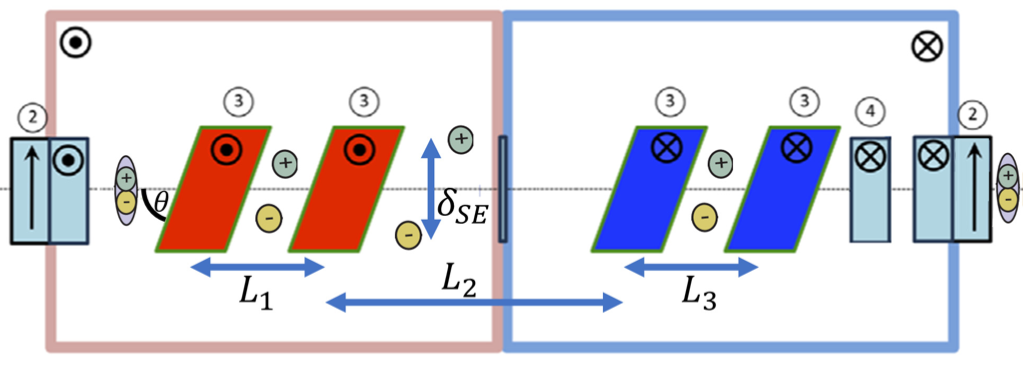
Measuring the angular momentum of a neutron using Earth’s rotation
February 7, 2025 3:30 pmThe Sagnac effect (see here for theory) is seen in an interferometer, when two beams of light are sent around a closed path in opposite directions. If the path is rotated, the beams become out of phase when they reunite back at the start. The observed phase shift proportional to the inner product between the rotation frequency and the orbital angular momentum (OAM) L – see here for theoretical details – spanned by the neutron’s motion in the interferometer ( ). The rotation of the interferometer was realized by the natural rotation of the earth, as was the case in the 1925 Michelson/Gale/Pearson experiment. In addition to neutrons, the Sagnac effect has also been observed in other free matter waves, such as electrons and atoms. In 1988 Mashhoon demonstrated that applies to the total angular momentum , extending to the spin angular momentum of particles as well as their orbital angular momentum. Recently, the Mashhoon effect (see here for theoretical details) has been observed in neutron polarimetry [10] and in neutron interferometry [11] (see here for details of the experiment).
In our recent work 1 we used this phase shift to work backwards and measure the OAM of the neutron using the Sagnac effect, and the rotation of the Earth. On the Larmor instrument at ISIS (setup depicted below), they used a spin echo interferometer to produce entangled neutrons, with any path dependent phase shift detected in changes to the neutron spins.

we were able to measure the OAM to within 5% of its theoretical value.

This demonstrates the feasibility of using the Sagnac effect to definitively measure neutron OAM and paves the way towards a future observation of quantum OAM states.
1. N. Geerits, S. Sponar, K. E. Steffen, W. M. Snow, S. R. Parnell, G. Mauri, G. N. Smith, R. M. Dalgliesh, and V. de Haan, Physical Review Research 7, 013046 (2025). ↩